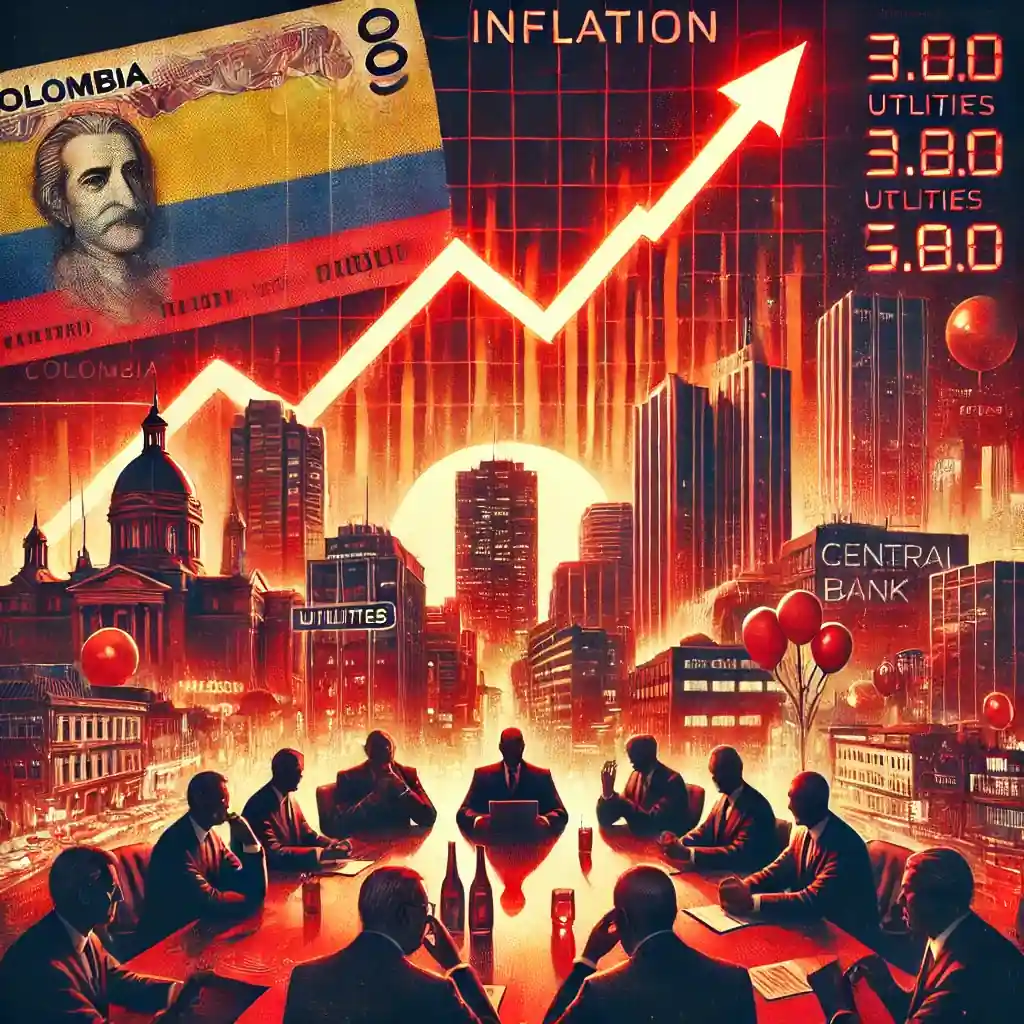Colombian Inflation Surges for Second Consecutive Month
Colombian inflation unexpectedly accelerated in February, making it less likely that the central bank will support government pressure for interest rate cuts. The latest report from the national statistics agency showed a 5.28% increase in consumer prices, surprising most economists.
Analysts had expected Colombian inflation to resume its downward trend, with a median forecast of 5.16%, according to a Bloomberg survey. However, only one out of 28 economists correctly predicted this surge.
Key Factors Behind the Inflation Increase
The rise in inflation was driven by multiple sectors, including:
- Rents and utilities
- Education costs
- Restaurants and hotels
A critical measure of core inflation, which excludes volatile food prices, also rose to 5.44%, marking its first increase in 15 months. This signals a broader price pressure beyond just seasonal or temporary factors.
Interest Rate Cuts Now Less Likely
Colombia’s central bank had kept interest rates unchanged at 9.5% in January, despite calls from President Gustavo Petro and Finance Minister Diego Guevara for lower borrowing costs to boost economic growth.
However, with Colombian inflation still above target, policymakers may choose to delay any rate cuts at their March 31 meeting. The country’s inflation target remains at 3%, with a tolerance range of plus or minus one percentage point.
New Board Members May Influence Policy
The upcoming monetary policy meeting will be the first for two new board members, Laura Moisa and Cesar Giraldo, appointed by President Petro. Their votes could shift the balance of power within the central bank, potentially making it more open to rate cuts.
However, most central bank policymakers remain cautious, particularly due to:
- A widening fiscal deficit
- The impact of a 10% minimum wage increase
Economists suggest that unless Colombian inflation shows clear signs of decline, the central bank will likely maintain its restrictive stance to prevent further price increases.
What This Means for the Colombian Economy
Higher Colombian inflation reduces the purchasing power of consumers and adds pressure on businesses struggling with increased costs. While the government hopes for lower interest rates, the central bank’s primary goal is to ensure price stability.
With inflation remaining stubbornly high, most analysts now expect borrowing costs to stay at 9.5% in the short term. The central bank’s decision on March 31 will be closely watched by investors, businesses, and policymakers.
Outlook for Inflation and Interest Rates
If Colombian inflation continues rising, the central bank could delay rate cuts until mid-2024. However, if price pressures ease, policymakers may consider lowering borrowing costs in the second half of the year.
For now, businesses and consumers should prepare for continued high-interest rates, as the central bank prioritizes inflation control over short-term economic growth.




